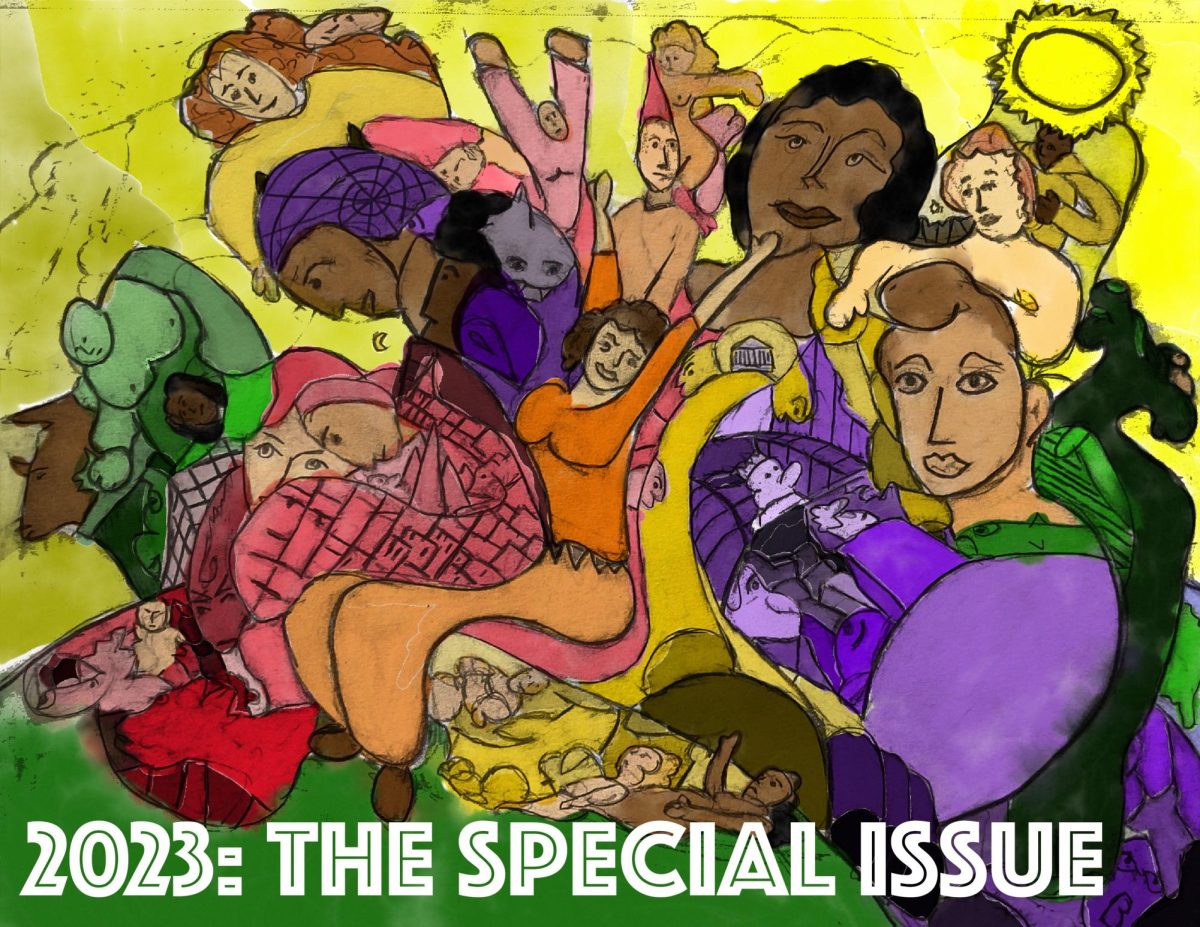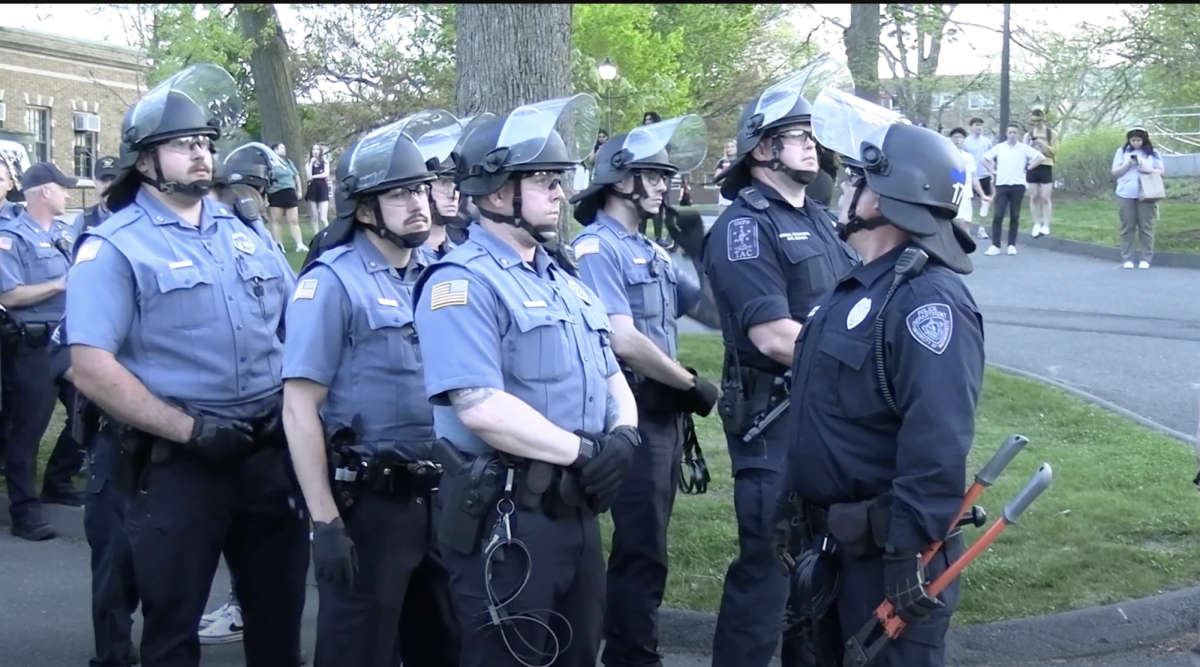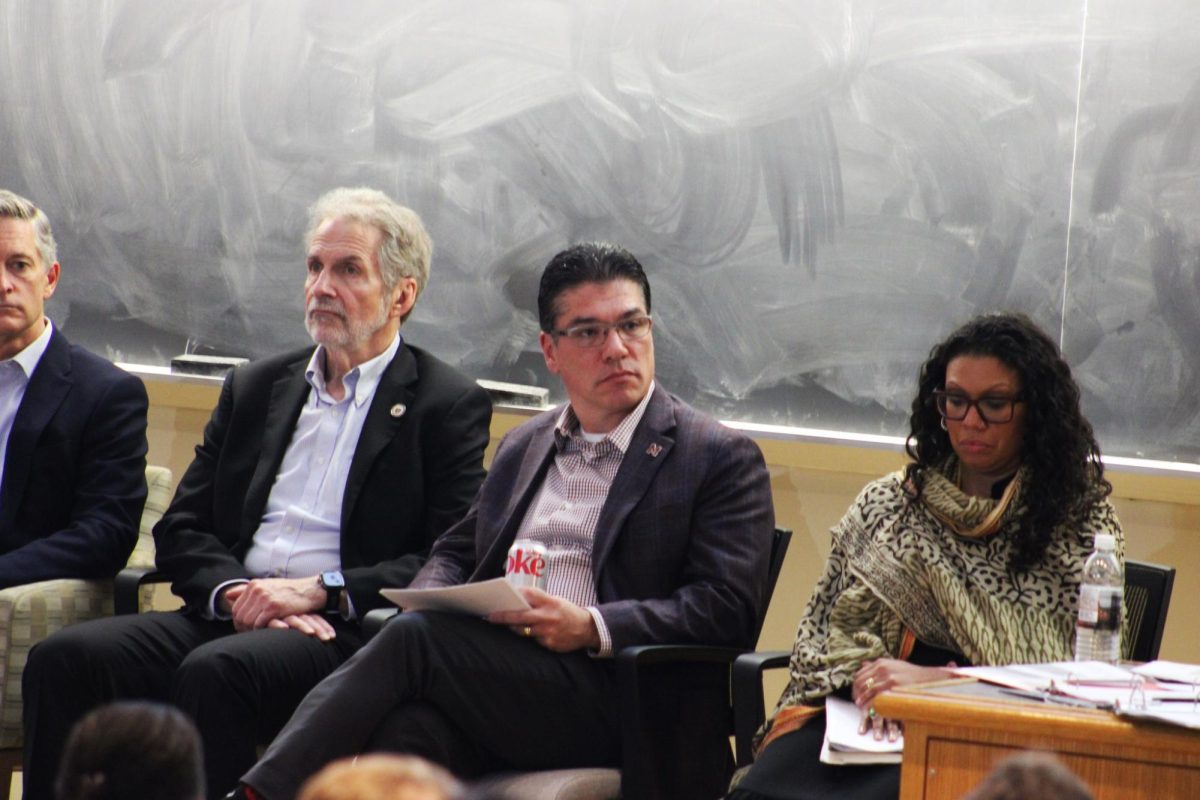On Wednesday, Dr. Rebecca Brenner Graham, a history teacher at the Madeira School in McLean, Virginia and an adjunct professorial lecturer at American University, visited the University of Massachusetts. Graham partook in a lecture about the memory of Frances Perkins, the U.S. secretary of labor from 1933 to 1945.
Perkins, a major proponent of New Deal social policies, was the first woman to serve in a presidential cabinet. The longest-serving secretary of labor, she was instrumental in designing the Social Security Act of 1935.
During the event, Graham highlighted the range of historical narratives that shaped Perkins’ life. Graham has spent extensive time researching for an upcoming book on Perkins and refugee policies; her talk outlined the concept of Perkin’s historical memory —the construction and production of historical narratives— and how it has changed over time.
Graham noted that Perkins was “never motivated by attention,” citing two books written by Perkins following her retirement, upon the death of President Franklin Roosevelt. In her book, “The Roosevelt I Knew,” Perkins attributed many initiatives she pioneered and established to the president instead. Her daughter and her husband, who was constantly institutionalized due to mental health issues, were kept out of the spotlight. Perkins grew her professional career in order to support the family.
While Perkins tried to stay out of the public eye, she was often criticized by the press and political opponents due to her gender. The 1965 New York Times obituary for Perkins states, “Miss Perkins, who kept sewing needles and thread in her drawer next to Presidential memorandums, was often the target of much criticism and some abuse.” Graham noted that this narrative, a woman who sewed while also serving as a cabinet secretary, was the predominant view at that time.
By 1980, the historical narrative had slowly started to change. The year when Perkins would have turned 100, the U.S. Postal Service issued a stamp in her honor. President Jimmy Carter dedicated the new Department of Labor building to her. “From time to time there came upon the American scene an outstanding and courageous and farsighted and sensitive human being who literally transformed for the better the life of all Americans,” Carter said.
“Nobody deserves this ceremony and this honor more than Frances Perkins,” he declared.
In the hit 1987 movie Dirty Dancing, the main character —who goes by Baby— explains that her real name is “Frances, after the first woman in the cabinet.” Opened in 2008, the Frances Perkins Center in Damariscotta, Maine “inspires people to address current economic and social problems as Perkins would through work in the areas of education, outreach and advocacy.”
Despite this new historical narrative on Perkins, some commentators continue to disparage her. In his 2015 book, “The Road to Character,” detailing the Triangle Shirtwaist fire, conservative author David Brooks writes, “Perkins was then thirty-three, and perky, though certainly not beautiful.”
Little, however, had been discussed about Perkins in the mainstream, until many learned of her through social media. Graham highlighted posts by Hillary Clinton, Elizabeth Warren and Kamala Harris that celebrate Perkins — although included the reality that some only did so while they were running for President.
Graham examined Warren’s relationship with Perkins, particularly while she was vying for the Democratic nomination. Following Warren’s 2019 campaign speech discussing Perkins, where her podium was made of wood from the Perkins homestead in Maine, Graham was able to connect with Warren’s campaign manager.
She found that the campaign manager had read “The Woman Behind the New Deal,” a book by Kirstin Downey detailing Perkins’ life, which changed his view of how they should run Warren’s campaign. Perkins was instrumental in the campaign manager’s life.
In the speech to a crowd in Washington Square Park in New York City, Warren asked, “So what did one woman —one very persistent woman— backed up by millions of people across this country get done? Social Security. Unemployment insurance. Abolition of child labor. Minimum wage. The right to join a union. Even the very existence of the weekend. Big, structural change. One woman, and millions of people to back her up.”
In 2023, the historical memory of Frances Perkins is “motion,” according to Graham. In a PBS documentary about Perkins, Nancy Pelosi explained how the labor secretary shifted the narrative of women in professional settings, particularly in politics. “You have to be idealistic, but you also have to be pragmatic, if you want to get the job done.”
Alex Genovese can be reached at [email protected]. Follow him on Twitter @alex_genovese1.




















